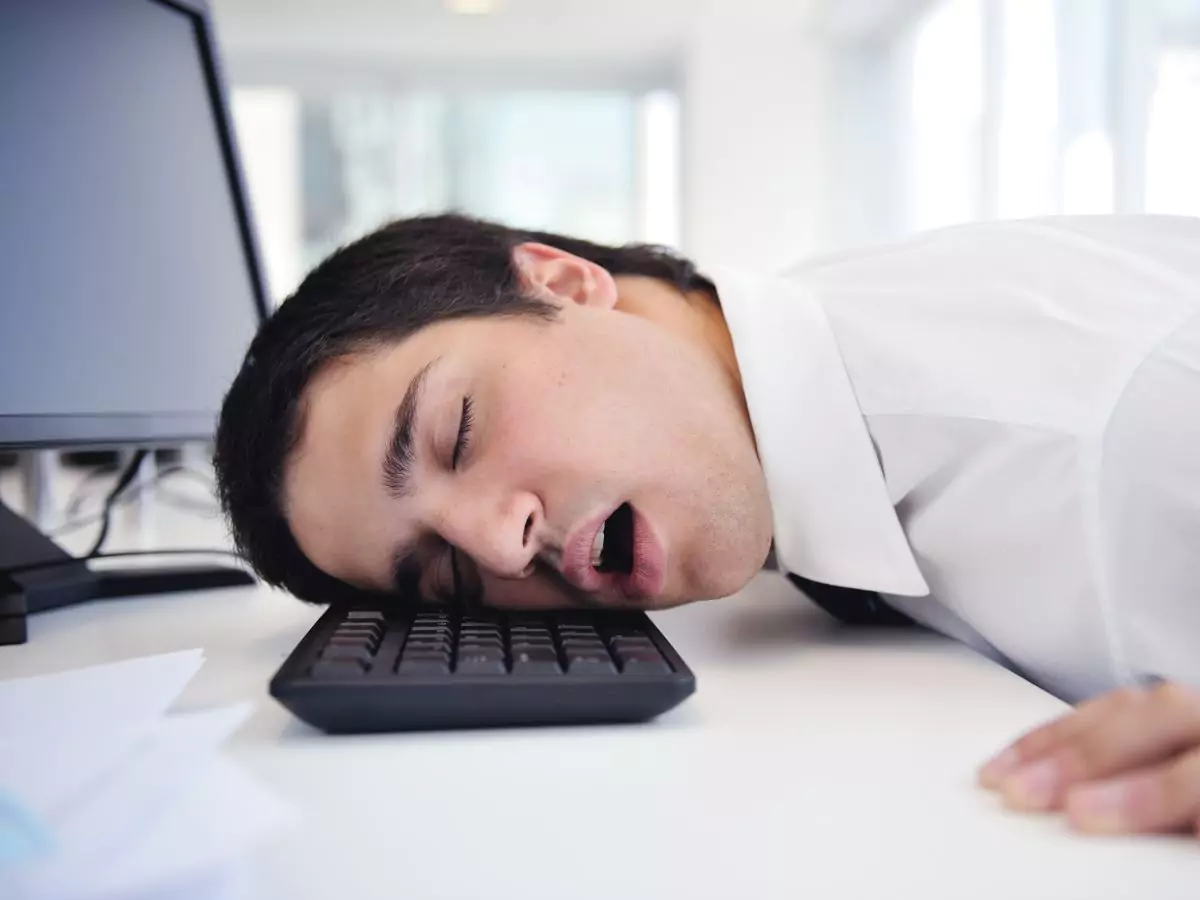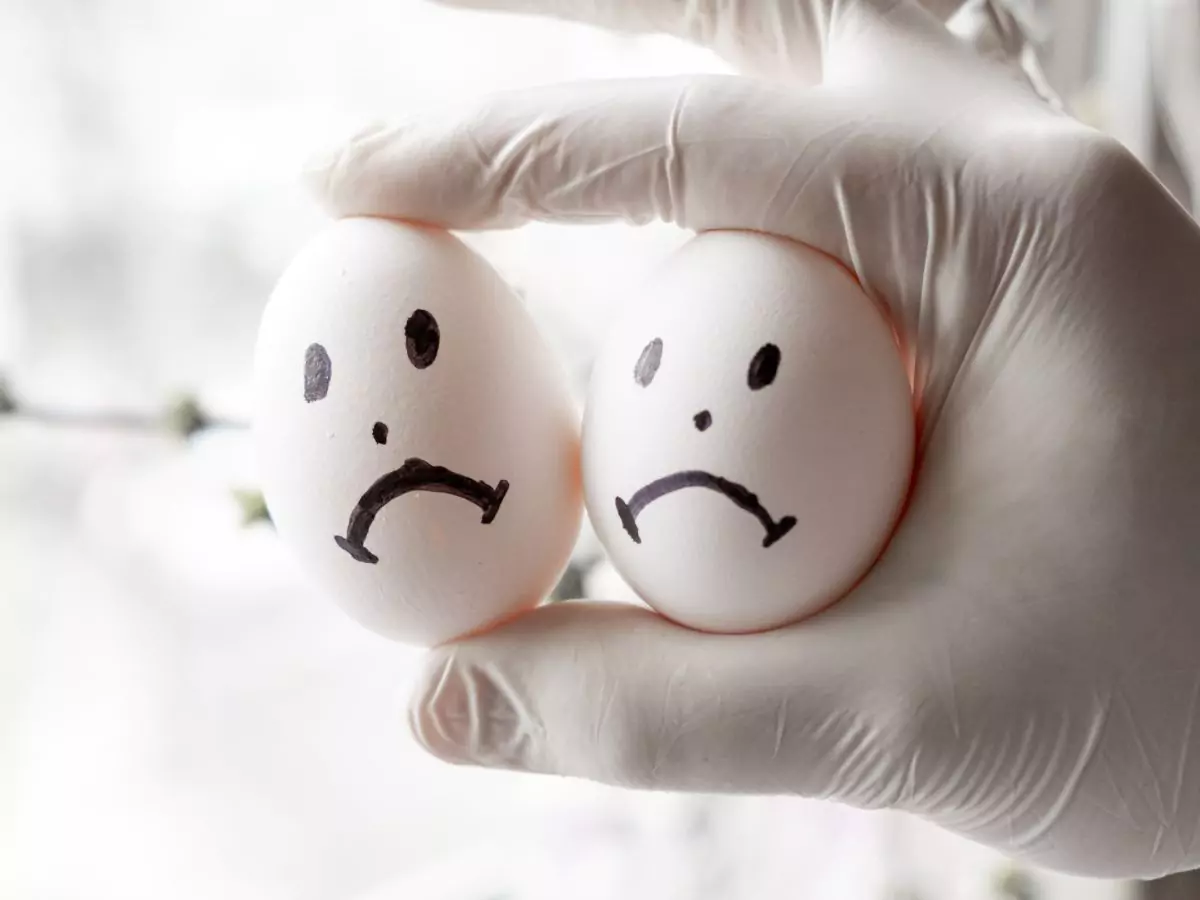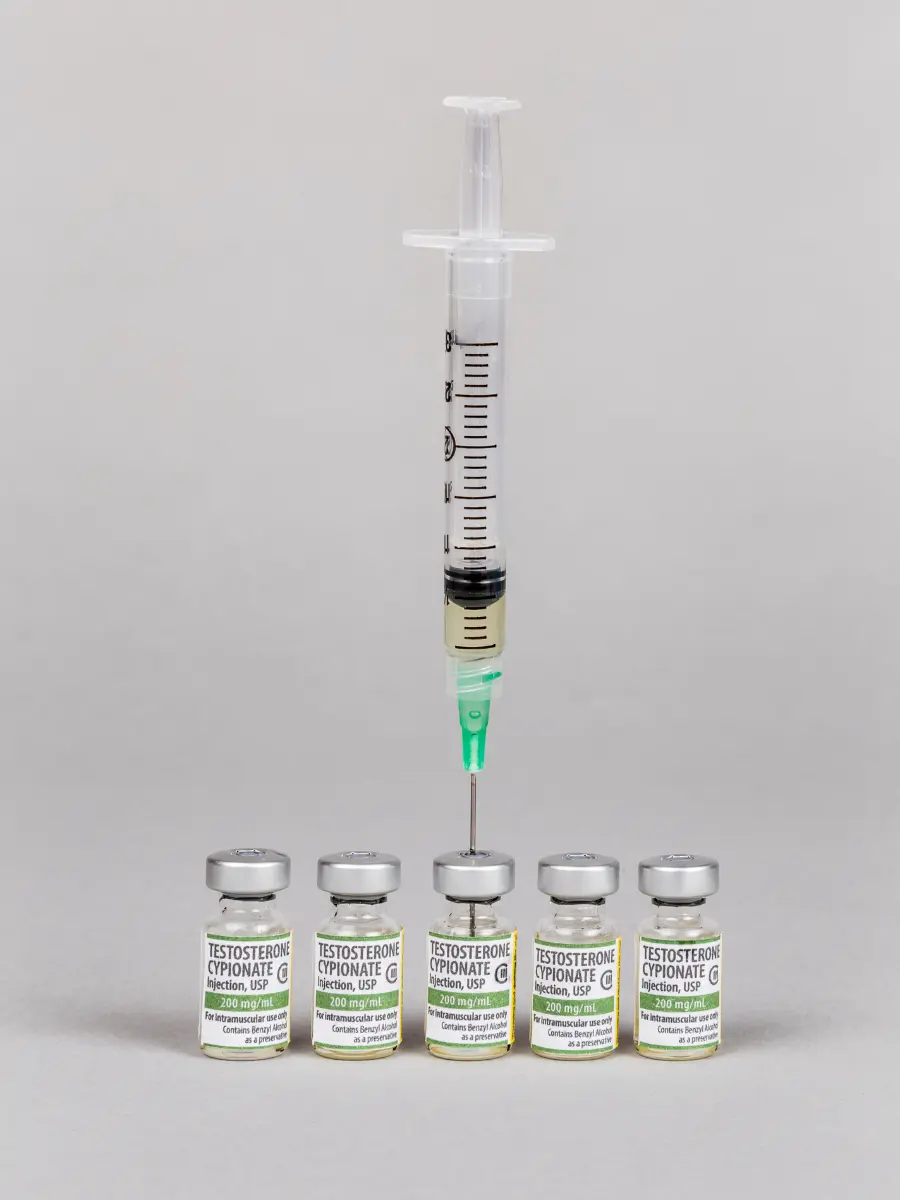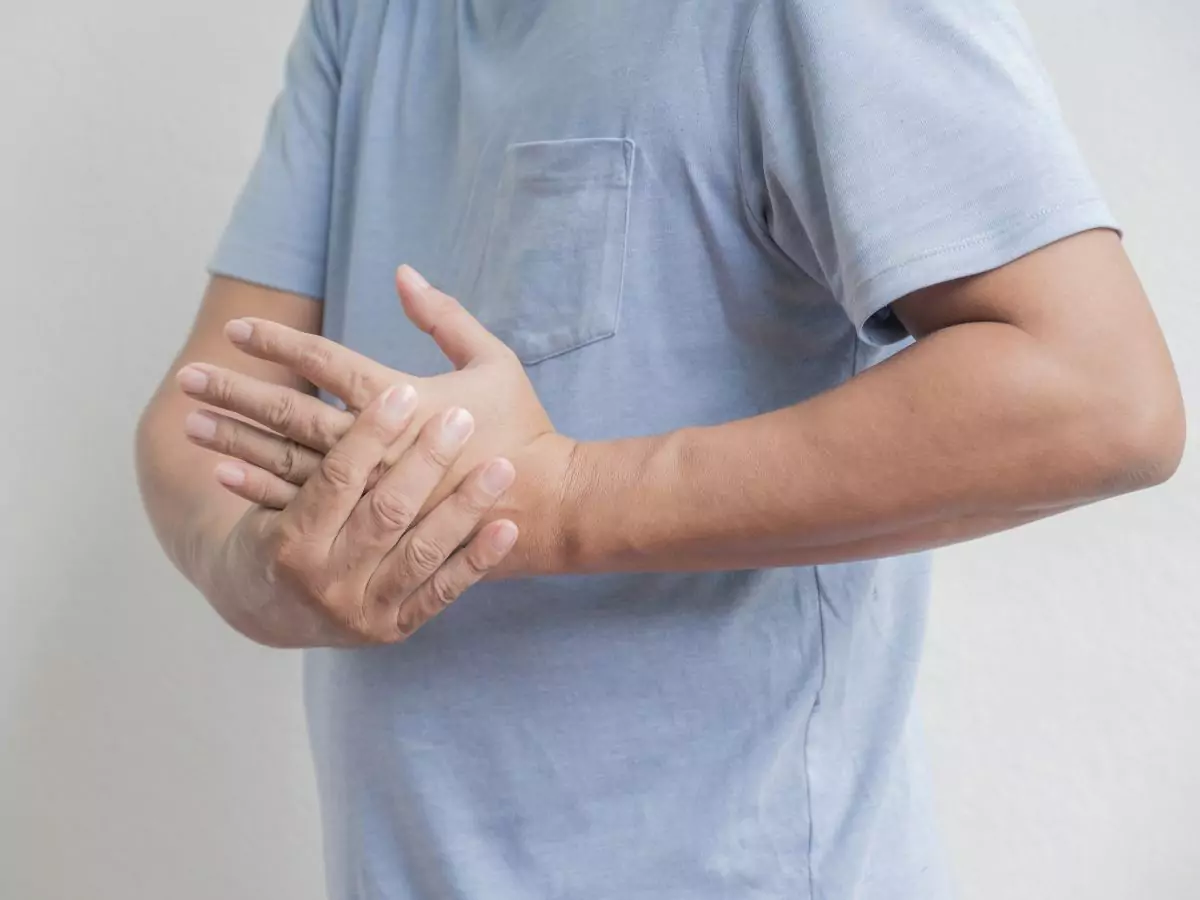
Testosterone is the primary male sex hormone, playing a crucial role in developing traditionally male characteristics.
Although both males and females produce testosterone, levels are naturally higher in those assigned male at birth.
Testosterone is produced mainly by the gonads. Gonads are the sex organs of each sex.
For males, testosterone will be produced by the testicles. For women, it will be produced in the ovaries.
Testosterone plays a vital role throughout all stages of life.




Testosterone enhances libido and fundamentally affects ovarian function and bone strength in people assigned female at birth.
Most of the testosterone produced by the ovaries is converted into the female sex hormone known as estradiol.
For those adults assigned female at birth, an average value is less than 40 ng/dL. In women, high testosterone levels can lead to polycystic ovarian syndrome.




Low testosterone can be helped with testosterone replacement therapy (TRT). This type of hormone replacement therapy helps restore levels to a healthy standard.
Please feel free to reach out with any questions. You can complete the form below, and our staff will be happy to respond.
Call/Text: (303) 333-2010
Fax: (303) 333-2208
Monday – Friday: 10 am to 6 pm
Saturday: 10 am to 2 pm
Sunday: Closed
Monday – Friday: 9 am to 6 pm
Saturday: 9 am to 1 pm
Sunday: Closed
Call/Text: (303) 795-4300
Fax: (303) 795-5849
Monday – Friday: 8 am to 5 pm
Saturday & Sunday: Closed
DISCLAIMER: A prescription from a licensed practitioner is required for compounded medications.
The content and photographs on this website are copyrighted or licensed material and may not be downloaded for other than personal use. Retransmission, republication, reproduction, or any other use of the content or photographs is prohibited.
©ClearSpring Pharmacy
Website Development by Storey Marketing